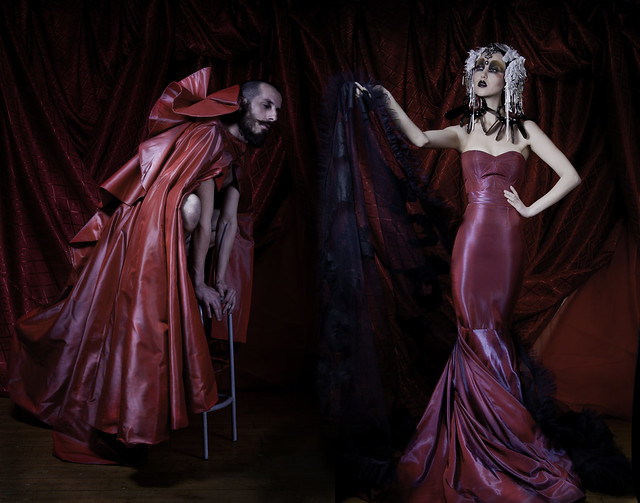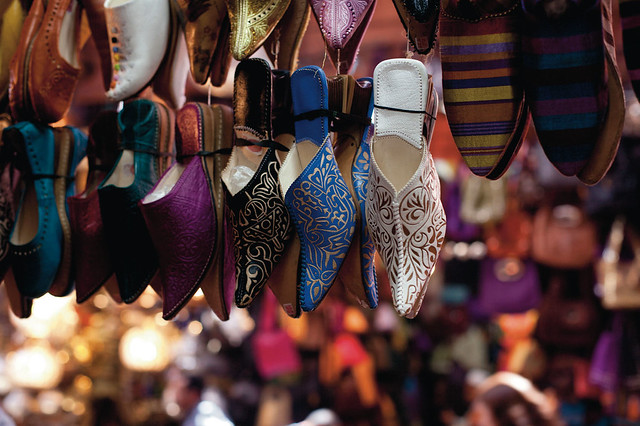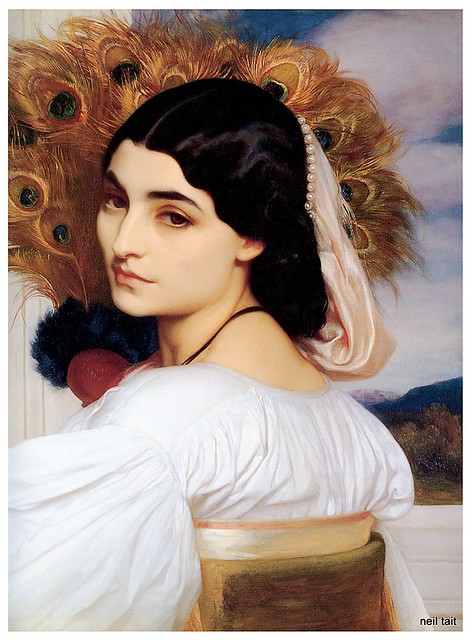

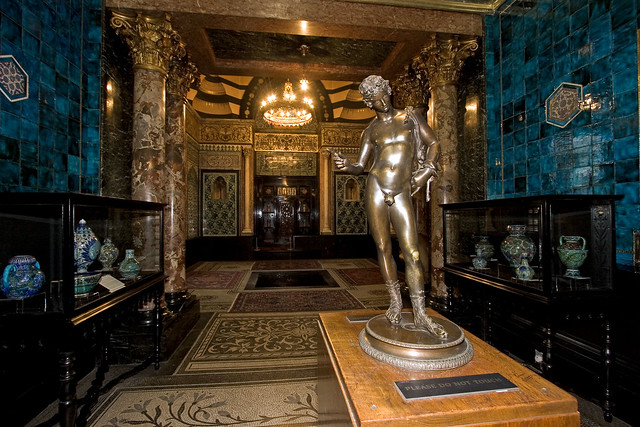
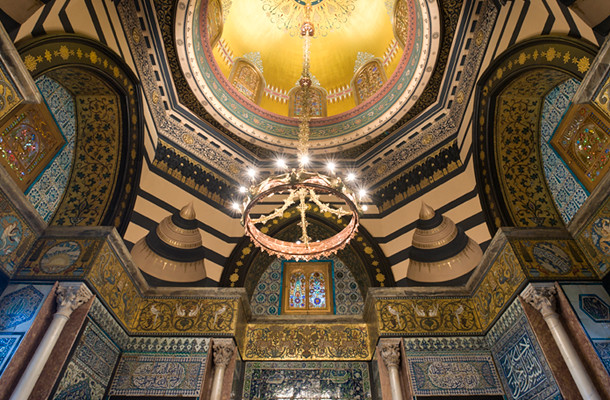
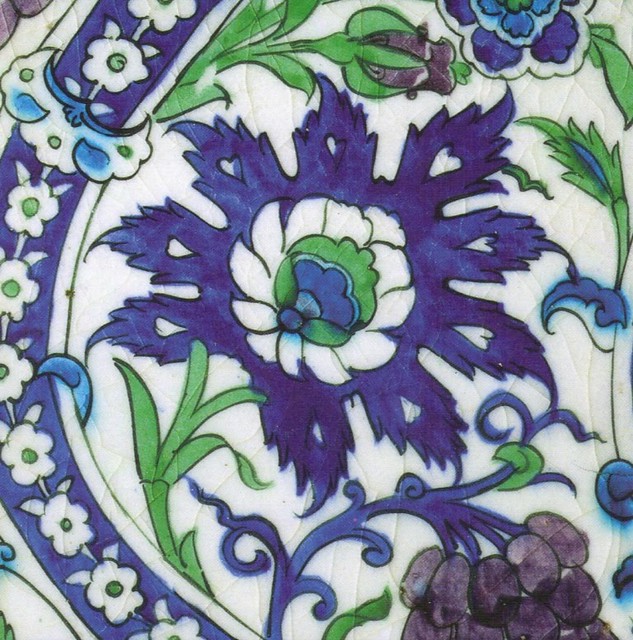
Tucked away on a leafy, unassuming Kensington street is the house of Frederic Leighton, late Victorian President of the Royal Academy of Arts and the only British artist ever to have been knighted. A skilled draughtsman and elegant portraitist, Leighton was a contemporary of the pre-Raphaelites and whilst professing to be of a very different school, works such as the iconic Flaming June (1895) illustrate why his name is most commonly associated with those of Millais and Rossetti. All three were included alongside works by Oscar Wilde and William Morris as part of the excellent show about the Aesthetic movement in Britain at the V&A last autumn. The focus of the V&A show was “art for art’s sake” mantra of this group of artists and critics for whom the pursuit of beauty and the desire to surround oneself with the aesthetically pleasing was valued above all else. Nowhere is this sensibility more evident than in spectacular, Alhambra-esque Arab Hall at Leighton’s former residence. An interior oasis of sumptuous, peacock-blue Persian tiles and intricate Arabic and Venetian glasswork, the hall features a central fountain that sits beneath a high, gilded dome designed especially by Leighton’s architect, George Aitchison. Leighton was widely travelled, thanks in large part to the great wealth of his physician father, and frequently visited North Africa and the Middle East. Here he amassed a large collection of ceramics – particularly tiles, textiles and woodwork, some of which are accommodated in the Arab Hall.
Upstairs, in Leighton’s less ostentatious bedroom, the curled, sweeping forms of William Morris’ elaborate “India” wallpaper recall the sinuous lines of the mosaic detailing and Persian inscriptions below. In the large, light studio Persian rugs jostle for wall space with plaster casts of the Elgin marbles and pre-Raphaelite tableaux - his own or gifts from friends – in which the heroines of classical mythology are cast as creamy Victorian beauties, doe-eyed and porcelain skinned. The whole house reads as a reflection on the pervasive Orientalism of the Aesthetic movement, a tendency undoubtedly linked to Britain’s contemporary Imperial context, and a testament to the enduring exotic appeal of non-Western decorative arts.
12 Holland Park Road
London, W14 8LZ
Open from: 10am – 5.30pm daily, closed Tuesdays
Explore the whole house with this great virtual tour here
OCTOBER – NOVEMBER 2011
Capitalising on this East-meets-West aesthetic, Leighton House is preparing to host the Nour Festival of Arts over the next two months. The festival features contemporary art, film, music, literature, fashion and all things cultural from the Middle East and North Africa. There is an interesting programme of talks by journalists, artists and academics and you can even take a course to learn the techniques for decorating your own, Leighton collection-inspired Ottoman plate.
MY PICK OF THE PROGRAM:
SOUND ART INSTILLATION: Seth Ayyaaz The Bird Ghost at the Zaouia
(Oct 31st- Nov 5th, free with museum entry) 8-channel sound instillation using material recorded at Sufi shrines, mosques and religious spaces in Morocco, Egypt and Lebanon.
